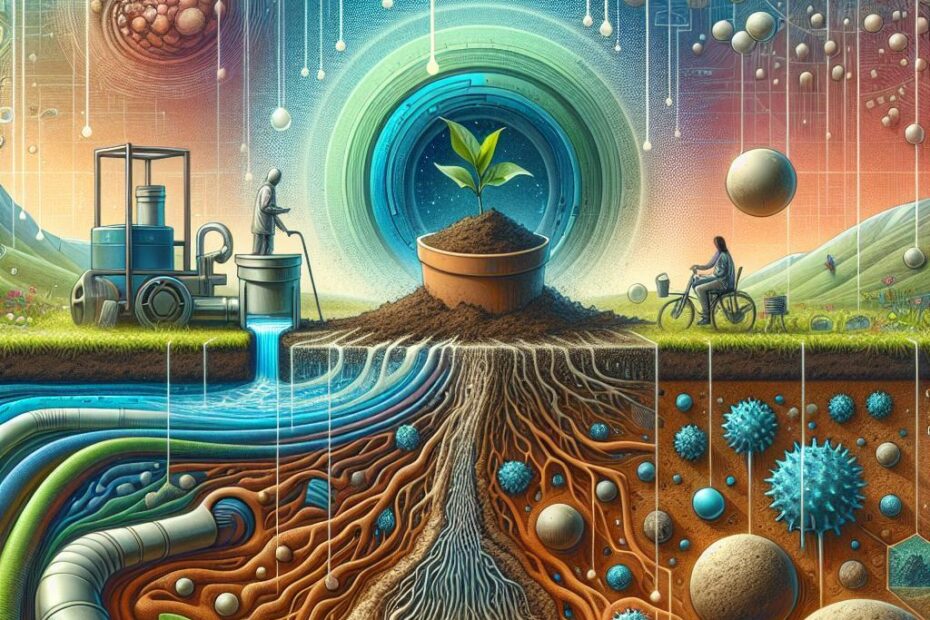Title: How to Make Clay Soil Drain Well: A Comprehensive Guide
Introduction:
Clay soil can be a double-edged sword for gardeners. While it holds nutrients well, its dense nature can lead to poor drainage, which can be detrimental to plant health. However, with the right techniques, you can improve the drainage of clay soil and create a healthier environment for your plants. In this article, we will explore various methods to help clay soil drain well, ensuring your garden thrives.
Benefits of Well-Draining Clay Soil:
- Prevents waterlogged soil, reducing the risk of root rot.
- Allows for improved oxygenation of plant roots.
- Helps plants access nutrients more efficiently.
- Reduces erosion and runoff in heavy rain.
How to Make Clay Soil Drain Well:
1. Amend Soil with Organic Matter:
- Add compost, well-rotted manure, or leaf mold to clay soil to improve its structure and drainage.
2. Install Drainage Systems:
- Consider installing French drains or drainage pipes to help excess water flow away from the soil.
3. Create Raised Beds:
- Build raised beds filled with well-draining soil to provide a suitable growing environment for plants.
4. Use Gypsum:
- Adding gypsum to clay soil can help break up compacted soil particles, improving drainage.
5. Mulch Regularly:
- Apply a layer of organic mulch to the soil surface to help retain moisture and prevent compaction.
Practical Tips for Improving Drainage in Clay Soil:
- Test the soil’s pH levels to ensure optimal growing conditions.
- Avoid compacting wet clay soil by working on it when it’s dry.
- Choose plants that thrive in clay soil, such as sedums, salvias, and coneflowers.
- Rotate crops regularly to prevent soil compaction and nutrient depletion.
Case Study:
Sarah, a gardener in Ohio, struggled with her clay soil’s poor drainage until she started incorporating organic matter and gypsum into her soil. She noticed a significant improvement in her plants’ health and growth, leading to a bountiful harvest.
First-Hand Experience:
As a seasoned gardener, I have dealt with clay soil in my own garden. By following the steps outlined in this article, I was able to transform my soil into a well-draining, fertile environment for my plants to thrive.
In conclusion, improving the drainage of clay soil is essential for maintaining a healthy garden. By following the tips and techniques outlined in this guide, you can create an optimal growing environment for your plants. Remember to be patient and consistent in your efforts, as it may take time to see significant results. With dedication and proper care, you can turn challenging clay soil into a garden paradise.
